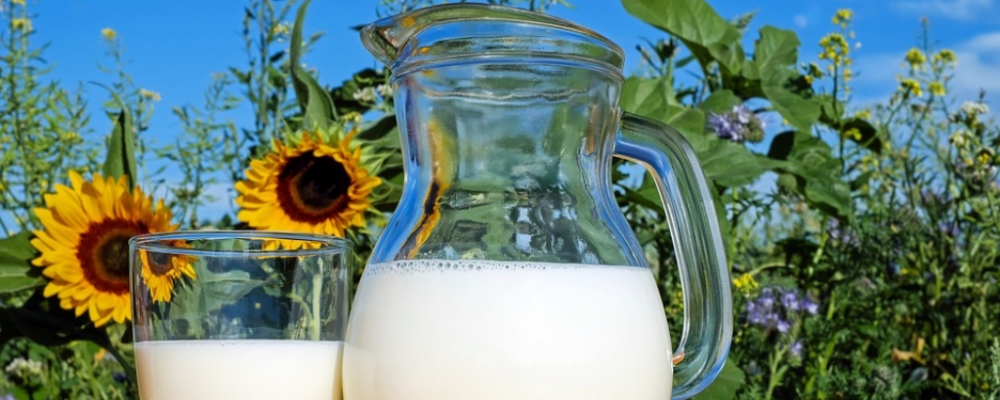
Qmilk Fabric Technology: From Waste Product To Luxury
Each year, thousands of gallons of milk are poured straight down the drain—sometimes because it's spoiled, other times because it's surplus or simply growing too close to the sell-by date. It’s a wasteful problem to say the least. What if the solution is an unusual fabric that's taking the fashion world by storm? Milk fabric, not as recent a development as we might think, is a wonderful idea that transforms week-old milk into silky-smooth, high-end fashion fabric.
How Does Milk Fabric Come To Life?
Similar to silk and wool, milk fabric is considered a protein fibre. The manufacturing process begins by dehydrating liquid milk. This is what the industry does to produce powdered milk and milk formula - a very valuable food and nutrient source in many countries and communities where breast-feeding is not possible due to the health of the mother, nor fresh milk able to be stored. From this dehydration process the milk proteins are extracted. These are further dissolved using chemicals before being processed in a special machine. The machine spins the fibres together to form a substance which can then become yarn and, subsequently, fabric.
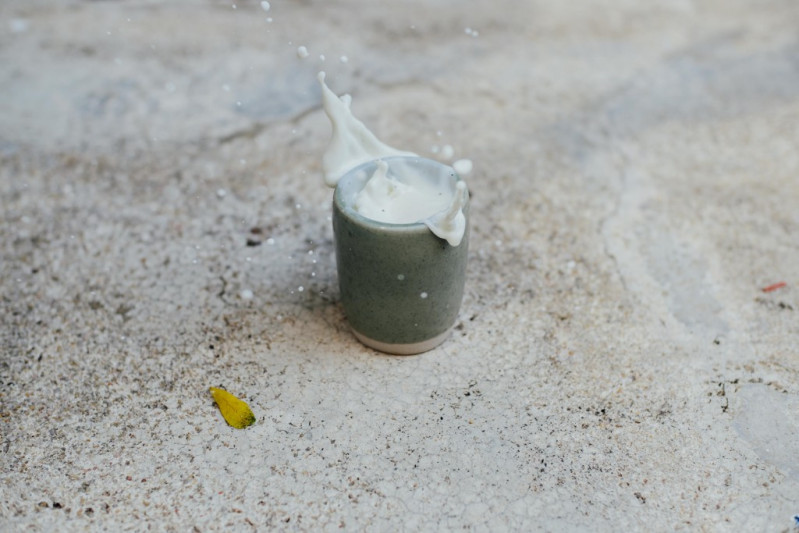
Fabric made from milk - a new #sustainable #textiles #innovation!

Unique Characteristics
Milk fabric is a lightweight material that takes to dye readily and holds it well. This means it's great for manufacturing yarns or fabrics with vibrant, long-lasting colours and patterns. Recent tests also suggest that i's reasonably flame retardant and blocks UV rays. For manufacturers, an added benefit is that milk fabric blends beautifully with other textiles.
According to Advanced Textile Source, this silky-smooth, high quality fabric is perfect for high-end consumers who crave on-trend looks while exercising social and economic responsibility.
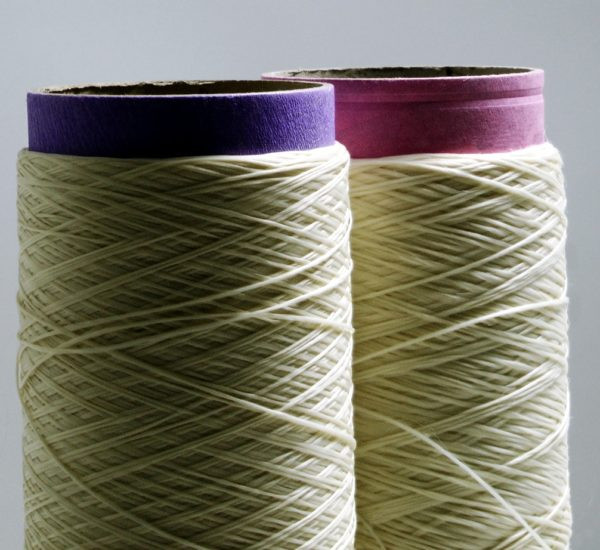
Is It Good For The Planet?
The biggest and most notable milk fabric manufacturer is a German-based company known as Qmilch GmbH. They produce Qmilch (Qmilk), a patented milk fibre made from casein, a milk protein. This milk fabric in particular uses fewer chemicals and is made with completely renewable natural resources, primarily existing wasted by-products of the food industry.
This is important, particularly in the sustainable food movement. Imagine if all that waste was transformed into usable fibres. It’s a huge resource that is currently under-utilised, meanwhile the demand for textiles is at an all-time high.
In an article from The Guardian, a spokesperson for the manufacturer is quoted as saying, “We have a transparent production chain… To be sustainable we understand that people want to look behind the scenes.” Therefore it comes as little surprise that the process used to produce Qmilch is really quite responsible in terms of water consumption in comparison to alternate materials. They limit water usage to no more than two litres per five minutes of processing while also maintaining a zero-waste policy. The fact that the material is produced at lower temperatures also conserves vital energy in addition to water.
A German company is producing #sustainablefabric from #milk waste, using minimal #waste processes!

There's also a Swiss fibre company, Swicofil, who are set on the right track for this gravy train - or rather, milk protein train - as sustainable and resourceful textile technologies become more and more needed and marketable. In a recent article by Tom Hinchcliffe, he mentioned Swicofil state that 'of the 88 million tonnes of food wasted in Europe every year, 20% of that is dairy produce'. Perhaps we're all far too suspicious of sell-by-dates, or perhaps we take too many little cartons of milk into work which we never finish. Either way, it's a shocking fact. In the same article it is stated that the UK charity WRAP - experts in circular economy and resources efficiency - found that of the 340,000 tonnes of wasted milk in the UK each year, 200,000 tonnes could be avoided!
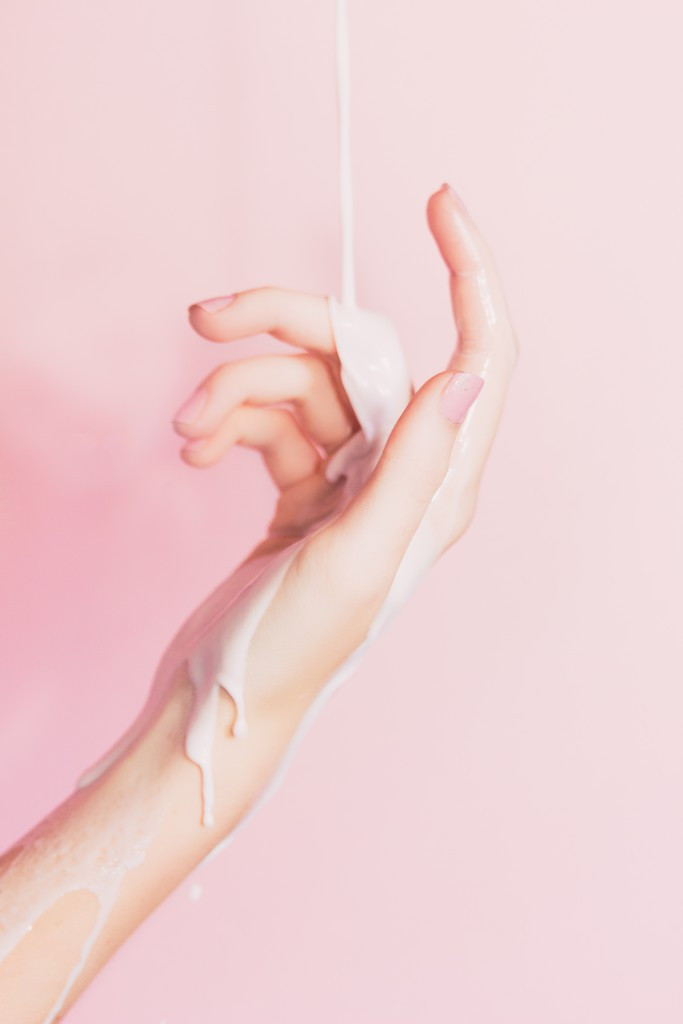
Drawbacks & Advantages
One of the few drawbacks is that milk fabric tends to become wrinkled after laundering, so it needs to be ironed each time. Ironing is a task not everyone has time for, so it can become less convenient than other fabrics. It's also recommended that this fabric be hand-washed as machines can be too jarring, often creating unwanted damage.
However, a nice benefit that most other fabrics cannot claim is that the material actually makes your skin feel softer and smoother with every wear. According to data compiled by Swicofil, the fabric absorbs moisture and keeps it contained. This feature also reduces irritations for consumers with sensitive skin while significantly reducing the growth of bacteria. This last advantage makes it ideal for a range of medical applications, for example temperature regulation, disease resistance and for reducing the presence of allergens.
Who Uses It?
Qmilk is being applied to far more than fashion, though designs by Anke Domaske have proved to be quite stunning. Beyond apparel, the fibres are being applied to automotive upholstery, home textiles, and medical supplies. Italian grocery chains have even started carrying high-end toilet tissue made from milk fabric. There is further talk of branching into modified optics to customise the fabric’s properties towards a variety of additional applications. It really is a versatile fabric.
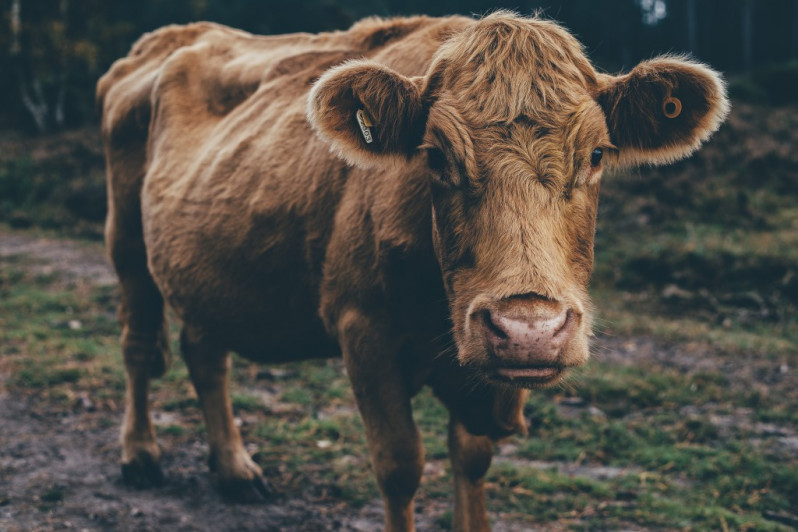
However...
As demand for milk as a food product continues to grow, supply is being challenged; as you will know there have been major concerns recently about the impending shortage of dairy products due to so many farms shutting down. This is because for years farmers have not been paid enough for their milk to make the business viable. So besides the veganic standpoint on dairy, and the completely unsavoury practices of industrial farming, there's also the unethical market position dairy farmers have been forced into. Before we are able to rely on milk as a fabric source, perhaps we ought to aim to ensure that diary farmers are paid properly. After all, farmers and their crops and livestock are the reason we were able to access textiles commercially and globally in the first place.
What will the #milkshortage and #dairyfarmers crisis spell for this new #sustainable #textile technology?

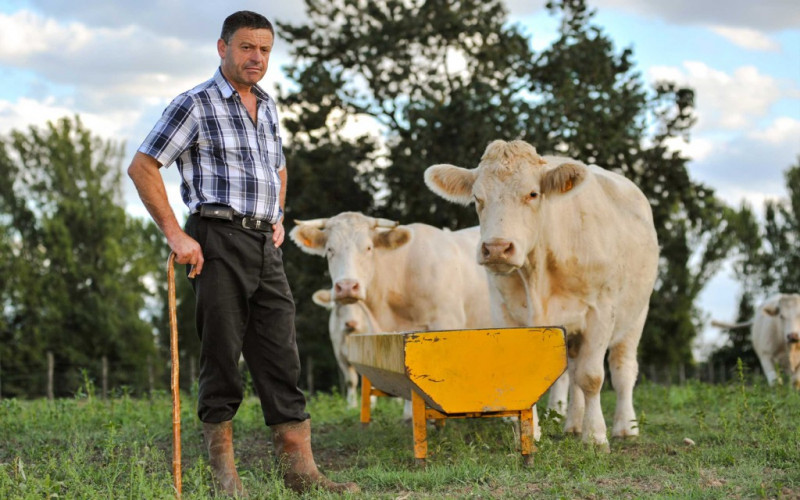
If you enjoyed reading this post and want to hear more about experiments and discoveries in sustainable textiles, as well as more on our events and workshops - and our own new fabrics! - then please sign up for our newsletter!
